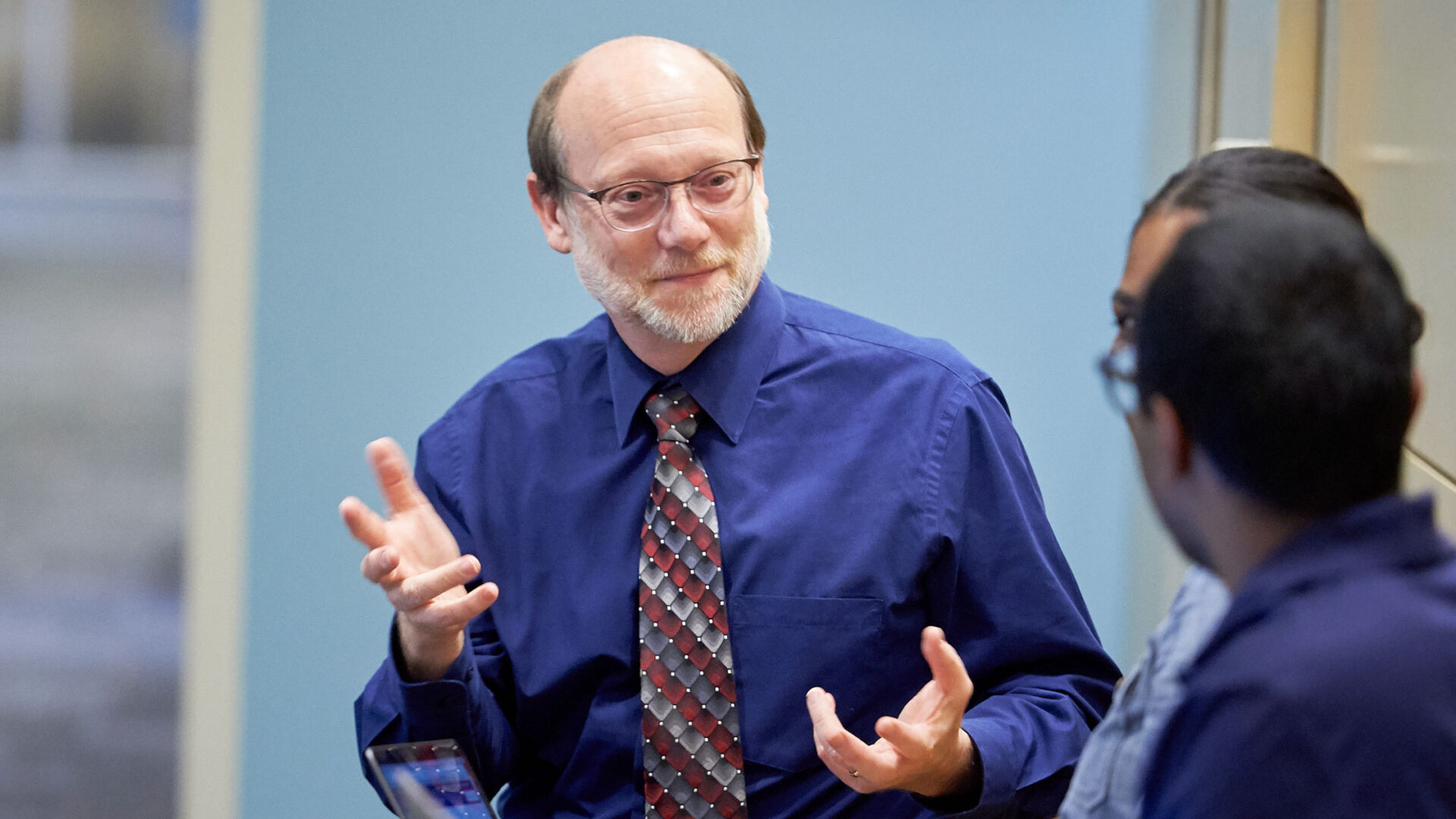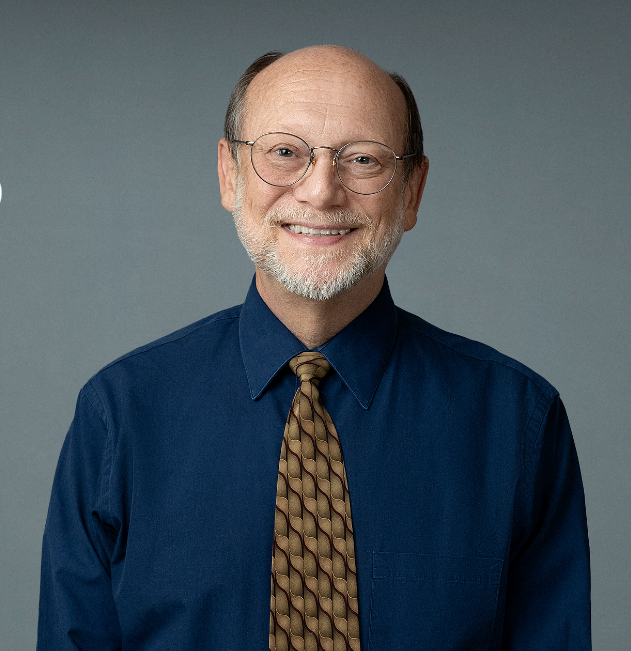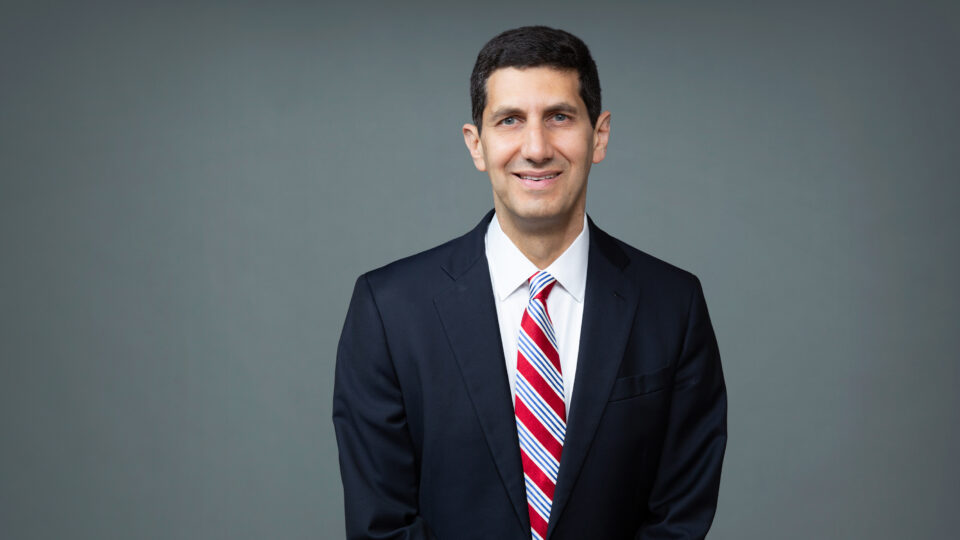NYU Langone Health has one of the nation’s largest fellowship programs in rheumatology. Building on the division’s longstanding focus on research, the fellowship launched a formalized research track in 2024, providing the time, training, mentorship, and resources for trainees to pursue their scientific interests. Of the four fellows entering the program every year, the research track can accommodate up to three of them.
Michael H. Pillinger, MD, director of the Rheumatology Fellowship Program and a professor of medicine and of biochemistry and molecular pharmacology, leads the new research track alongside division director Jill P. Buyon, MD, and Jose U. Scher, MD, director of the Judith and Stewart Colton Center for Autoimmunity. Here, Dr. Pillinger describes how the division-wide enterprise is preparing a new generation of physician–scientists for a rewarding research career.
Physician Focus: How do you balance clinical and research expectations in this fellowship?
Dr. Pillinger: One of our goals is to make sure fellows can finish their clinical training and become board-certified within the first two years, so we’ve built a track that initially looks like the clinical track, with almost all the same clinical duties in the first year. But they have milestone expectations for the first year as well, meaning they’re also starting to do research.
Depending on their background (some will be MD–PhDs), that might include beginning work in a chosen laboratory or working on a clinical research project to generate data for a grant and meeting abstract. More often, it includes writing a state-of-the-art review article in the area they’re going to work in, which has the virtue of helping to deepen their expertise and giving them some recognition when it’s time to write grants.
“With these trainees, we’re focused from day one on building their careers, accomplishments, and independence, folded on top of the training that will make them certified clinical, translational, or basic research physicians in rheumatology.”
Michael H. Pillinger, MD
There’s some grounding: get a mentor, work with them, start to produce data, and get an abstract for a meeting. By the second year, the trainees are publishing and beginning grant writing. With these trainees, we’re focused from day one on building their careers, accomplishments, and independence, folded on top of the training that will make them certified clinical, translational, or basic research physicians in rheumatology.
Among our current cohort of first-year fellows, three are on the research track, which is fairly extraordinary, so this year helped us get off to a very good start. Candidates in this new track are anticipated to be the academic leaders of the future.
Physician Focus: The program also offers a number of supplemental training elements to help trainees reach their career goals. Can you tell us about these?
Dr. Pillinger: The incoming fellows are each given a mentoring team who asks, “What milestones do you need to reach this year? Where do you want to go? Do you need an extra course?” We offer a master’s degree in clinical research, which I run. That won’t be for all of these folks, but some will want that two-year training—and we’ve seen graduates launch very successful careers. Or maybe they’re an immunologist who would benefit from a one-month seminar at Cold Spring Harbor Laboratory. We’ll be identifying and personalizing the training for them.
We also have our two-year, NIH-funded training grant program, which some of our trainees will enter during the third year of their fellowship. So now some fellows will be on a four-year program.
“We work within a matrix of fantastic departments, divisions, and centers, and we’re really good at taking advantage of that. Our trainees ‘live’ in the division but they frequently ‘visit’ other areas.”
It’s historically hard for young investigators to bridge the gap from training to a sustainable, independent investigative career, so we’re always looking at ways to support trainees through the next year and next year and so on. We start with a three-year program but have a four- or five- or even six-year event horizon to support their training until they’re independent scholars. For some third- or fourth-year trainees, we are also fortunate to have the Breidenbach Fund, supported by a generous grant from Judy Colton of the Colton Center for Autoimmunity.
Physician Focus: What happens in the third year of the research track?
Dr. Pillinger: Third year is the start of their dedicated research career. In theory, a third-year fellow could do nothing but research, but we have those personalized conversations to find the sweet spot. They’ll often continue a half day of clinic every week, with a focus that informs and complements their research agenda. The rest is research. As they advance to that potential fourth year, they’re really transitioning to early faculty.
Physician Focus: In what ways does the culture at NYU Langone—both within the division and beyond—enhance opportunities for these research fellows?
Dr. Pillinger: Our research environment is highly supportive and extraordinarily rich, with world-class research endeavors in a number of specialty areas in rheumatology. We have not only depth, but also breadth. As a large institution with a long-established reputation in rheumatology, we see a wide range of diseases and patients. This diversity is important for learning how to care for people with different conditions, at different economic strata, and with different genetic proclivities.
Beyond our division, we work within a matrix of fantastic departments, divisions, and centers, and we’re really good at taking advantage of that. Whether it’s informatics, cardiology, nephrology, or immunology, our trainees “live” in the division but they frequently “visit” other areas. It’s a fantastic institutional setting in which to train the rheumatology investigators of tomorrow.






